
In no particular order, this section contains lore related to Autonymus, covering both ideas for the story and research. Click the chapter links below to jump to a specific section.
Map design for Autonymus started off as critique of fantasy maps that prioritise aesthetics over immersion, which I think overlooks their pragmatic potential for world-building. To create convincing maps, I think they should function as a snapshot of a much wider world that exists beyond the edges of the map itself.
But to get a better understanding of this, I looked up existing historic maps. On example is the Tabula Peutingeriana, a Roman map that takes the form of a long scroll. It describes the many interconnecting road networks converging on Rome, which functions more like a diagrammatic map such as the London Underground rather than something with spatial accuracy. I think the Tabula Peutingeriana reflects the Roman worldview as a whole; it’s not simply a functional representation of road networks, but also a display of scale and power. This design illustrates how maps can reflect a society’s ontology, which is a principle I wish to incorporate into my own map designs.

Another example is the mediaeval T and O map. At first glance the map seems completely abstract and removed from any practical representation of the world. However, despite its abstraction, the T and O map does in fact represent the real-world, albeit vaguely, while also being heavily symbolic.
The map divides the world into the three continents of Asia, Europe, and Africa, separated by the Don River, the Nile, and the Mediterranean Sea, and is encircled by a vast ocean. Its central land mass is Jerusalem, which was regarded as the epicentre of Christendom in the European mediaeval world. Europe itself symbolises Church authority, while Asia represents Eden and divine origins. In the minds of mediaeval Europeans, Africa was associated with the lands described in the bible, such as Egypt and Ethiopia, which reflects its role in Christian theological consciousness as an important yet unfamiliar continent. In short, the T and O map serves as a highly stylised, highly symbolic representation of the known world from a Christian doctrine perspective.
But to better understand the geographic context of the T and O map, it helps to compare it to an actual world map. At the centre of the map is the Mediterranean Sea, which was Europe's hub of trade at the time. The map's surrounding ring of ocean reflects mediaeval Europe's limited geographical knowledge before the Age of Exploration in the 1500s.

So for Autonymus, a map inspired by the T and O map allows for symbolic depth without requiring excessive detail, while still suggesting a larger, interconnected world. But I do think the implication of something larger creates a desirable aesthetic effect too, like evoking a sense of wonderment.
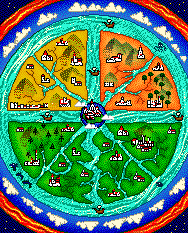
My own version of a T & O map is called the Rotafractan Map or fractured wheel map. The wheel is symbolic of the fictional Rotafractan faith, which is the central religion of Autonymus. Wheels are a common element of iconography in mediaeval society, such as the breaking wheel, a form of public execution symbolising authority and divine punishment; the Wheel of Fortune, an allegory of the capricious rise and fall of power and fate; and the Celtic cross, representing the union of heaven and earth and the cyclical nature of life, rooted in both Christian theology and pre-Christian symbolism. Rotafractanism follows this cyclical theme by adopting a paradoxical version of a breaking wheel as its religious symbol.
I want to try and subvert mediaeval interpretations of wheel iconography by depicting it as broken, symbolising a binary tension between cyclical harmony and entropic balance. This might not be historically accurate, but I'm not aiming to create historical fiction or even alternative history fiction, rather I want to create a fantasy setting that has parallels to our world.
But going back to the Rotafractan Map, each landmass is meant to represent the spoke gap of a wheel (not pizza), with the fractured bottom quarter representing an archipelago. The island and city depicted at the centre of the map is not a real place like Jerusalem in the T & O map, but rather a mythical one: the False Kingdom of Pleromatopia. No galley has ever found it, yet it is believed to be a speculiform manifestation of the Godhead within the material world. Pleromatopia is meant to be a satire of Mediaeval utopian legends such as Cockaigne, so in other words a satire of a satire. The depiction of eight landmasses also holds symbolic significance, as it's a reference to the eight star signs of Autonymus, (as opposed to our world’s twelve). You can read more about the Autonymus’s Austrology here.
Much like the T and O map, the cartography of the Rotafractan Map forgoes accuracy for symbolism. Perhaps the actual geography only looks passingly like the Rotafractan Map, and the landmasses don’t really match up with the spokes of a wheel at all. I like to imagine that some of the rivers dividing the continents aren’t as grand as say, the Nile, but are instead smaller, insignificant waterways that have been artificially elevated in status, all to force the map to resemble a wheel even. Just like the T & O map, this says more about the people who made the Rotafractan Map than the actual places they’re depicting.
Although I haven’t finalised a detailed map, the setting draws heavily on mediaeval European conventions. However, depicting a fantasy setting with its own historical contexts requires an understanding of how interconnected the mediaeval world actually was. Inspiration for this came from a historical reenactment event I attended, where a stall on wool trade showcased a map tracing routes from East England right across the mediaeval world. Contrary to the common perception of mediaeval history as a collection of isolationist kingdoms, the reality was a complex interconnection of trade, diplomacy and conflict that resulted in a vast network of material and cultural exchanges. This complexity is what I aim to reflect in Autonymus, but that’s also where things get tricky, as drawing on historical cultures for fantasy settings can rapidly become overwhelming.
For example, mediaeval European culture was significantly influenced by regions like the Islamic Caliphates during their Golden Age, which facilitated the exchange of goods and the spread of scientific, philosophical, and mathematical knowledge. They also acted as the intermediating bridge between Europe and the rest of the known world, as seen with trade routes such as the Silk Road and Indian Ocean trade routes. Cities like Venice and Baghdad grew into imporant commerce and cultural hubs.
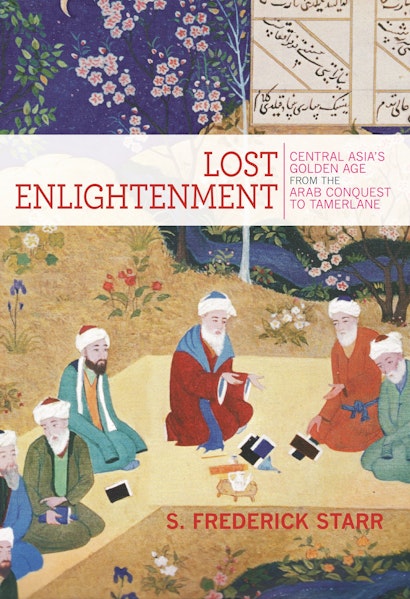
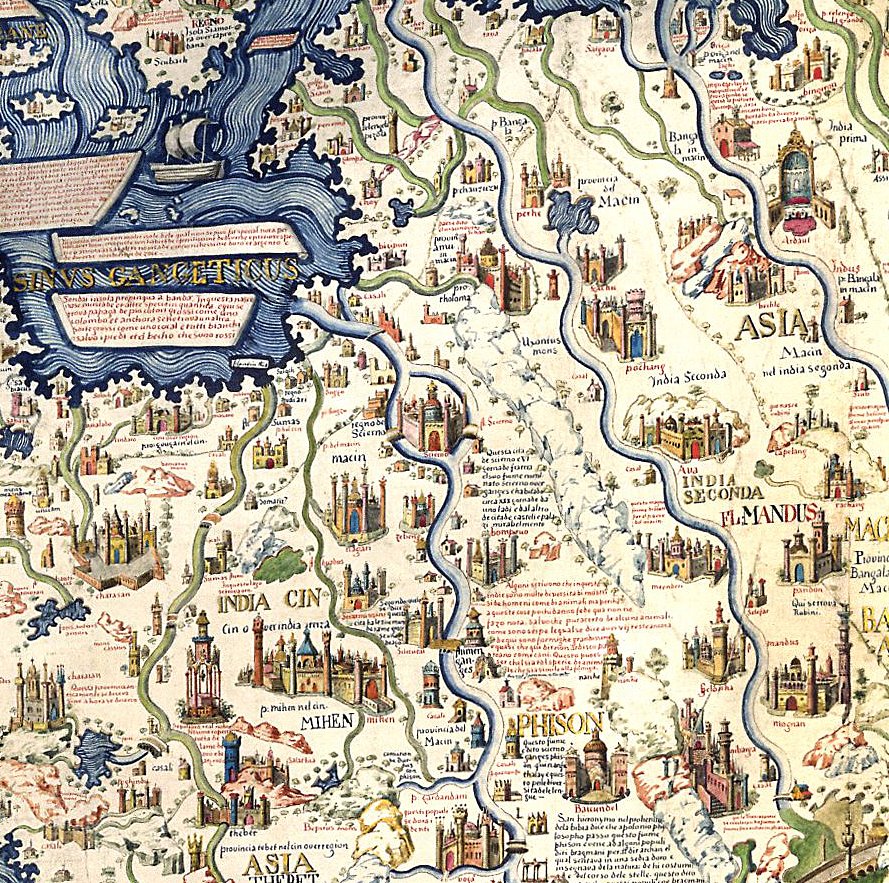

Networks even reached as far as regions like Thailand, which was historically known as the Kingdom of Ayutthaya (1350–1767). While direct contact with Europe began with the Portuguese in the 1500s, Ayutthaya was already part of vast trade networks such as the Maritime Silk Road and the Indian Ocean Trade, which linked Southeast Asia to the Mediterranean. Within Europe itself, the Hanseatic League and the rise of trading city-states like Florence and Genoa further highlights the importance of trade and networks to the mediaeval world.
Though my understanding of these regions and networks are limited, I still feel it’s important to reflect a similar reality for Autonymus, even if only contextually, if I want to build a more nuanced setting. It’s the way different regions interacted with one another to form vast macro-networks of trade and cultural exchange that interests me. But I have to approach this with care to avoid reductive appropriation or orientalist perspectives, which seems to be a common pitfall in fantasy writing. Done properly and I'll achieve an immersive fantasy setting, while failure results in stereotypes and clichés.
This is why the immediate setting for Autonymus is inspired by an area I'm more familiar with, which is Mediaeval East Riding of Yorkshire, albeit with my own geographic alterations. Culture, feudal systems, place names, are just some of the many factors I've approriated from Mediaeval East Riding of Yorkshire, but its role in the wool export trade and maritime commerce is something that I’m particularly interested in. East Riding's location by the North Sea and its direct connection to the Low Countries in Europe serves as an ideal staging ground to explore the interconnectivity of macro-trade and cultural networks.
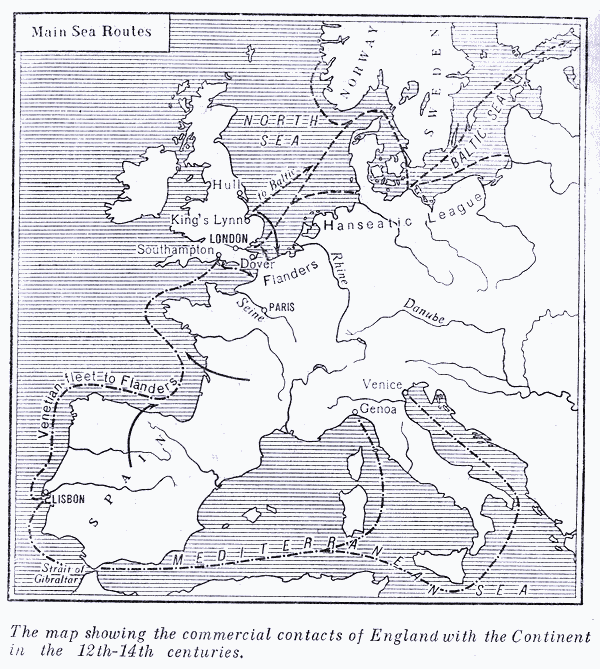
Nation-states as we know them today did not exist in the mediaeval period. Political and economic structures were fragmented, with power localised under feudal lords or city-states. The centralisation of power that shaped modern nations only began with the rise of capitalism, which interestingly enough, has its origins in merchant trade from this period.
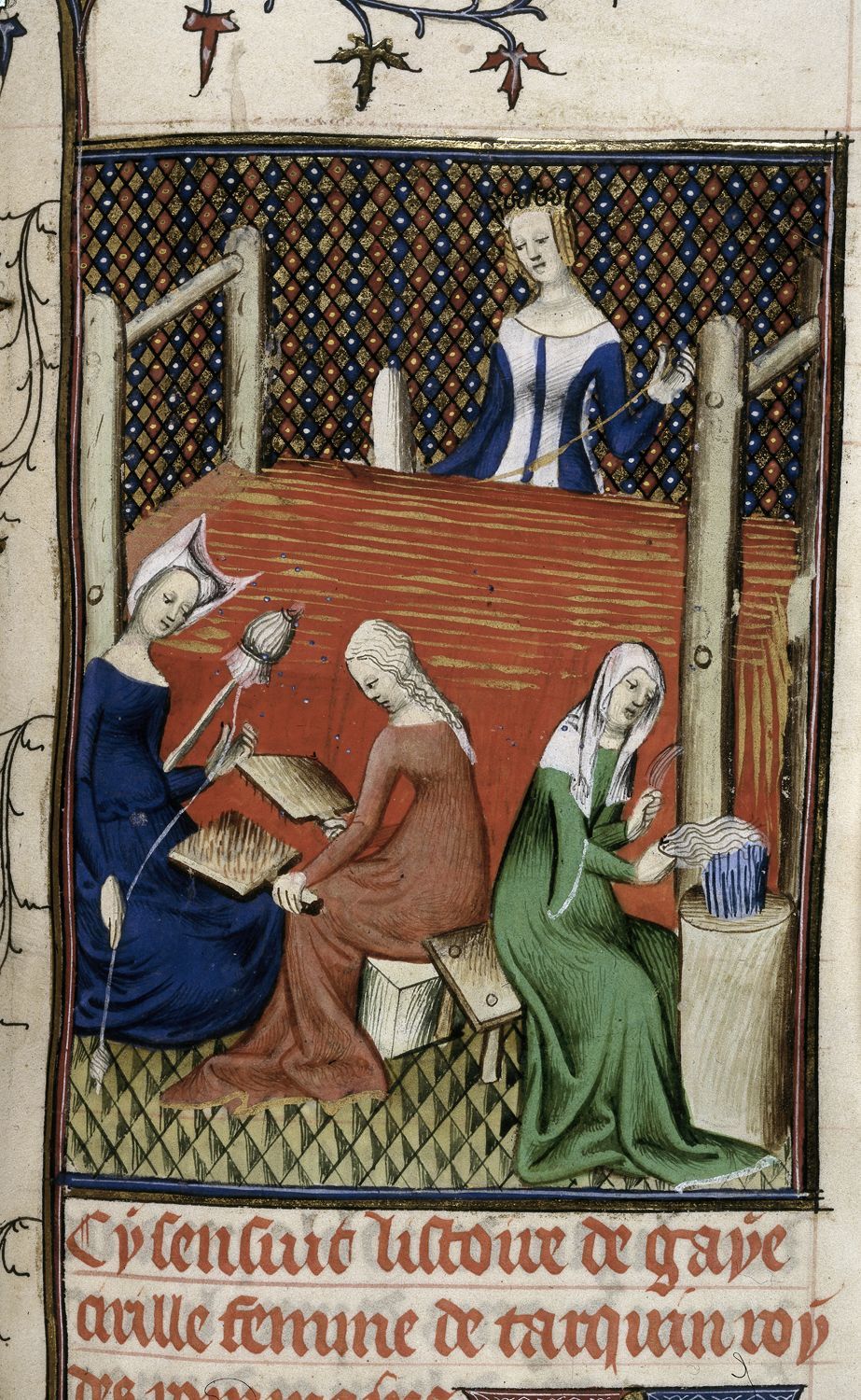
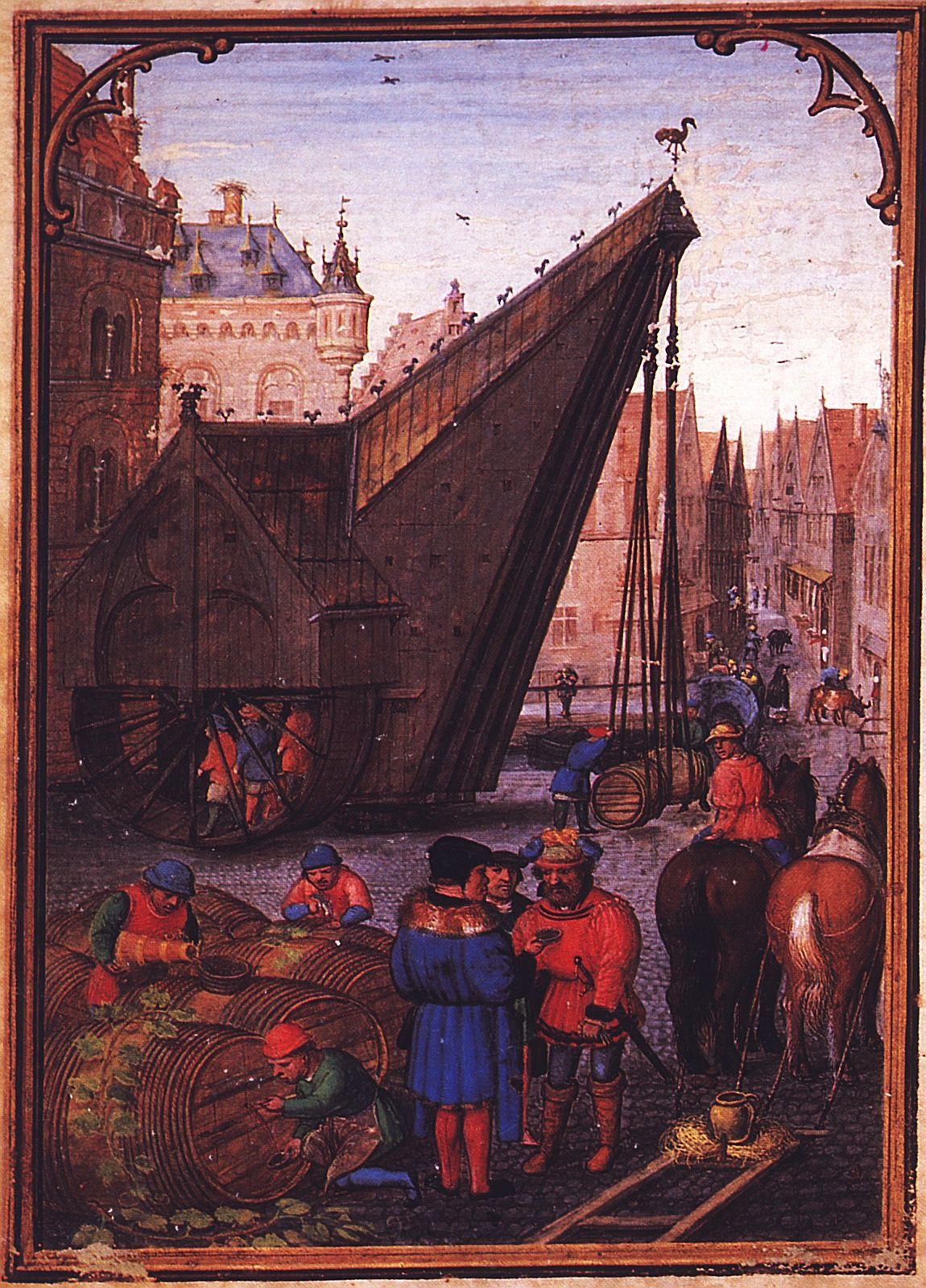

Trade between England and the Low Countries has a long history. Flemish cities like Bruges, Ghent, and Ypres relied on English wool for their textile industries, exporting high-quality cloth and goods in return. Key English ports such as Hull, Boston, and Lynn facilitated these exchanges with ships from the Netherlands and Zeeland. Dutch and Flemish merchants, organised into guilds like the Flemish Hanse of London, sustained trade despite English policy restrictions. Over time, mutual influence extended to language, finance, and industry, with Dutch terms and practices like canal transport, market fairs, and banking shaping medieval English commerce. This relationship fostered England’s merchant class and laid the groundwork for economic and cultural ties.
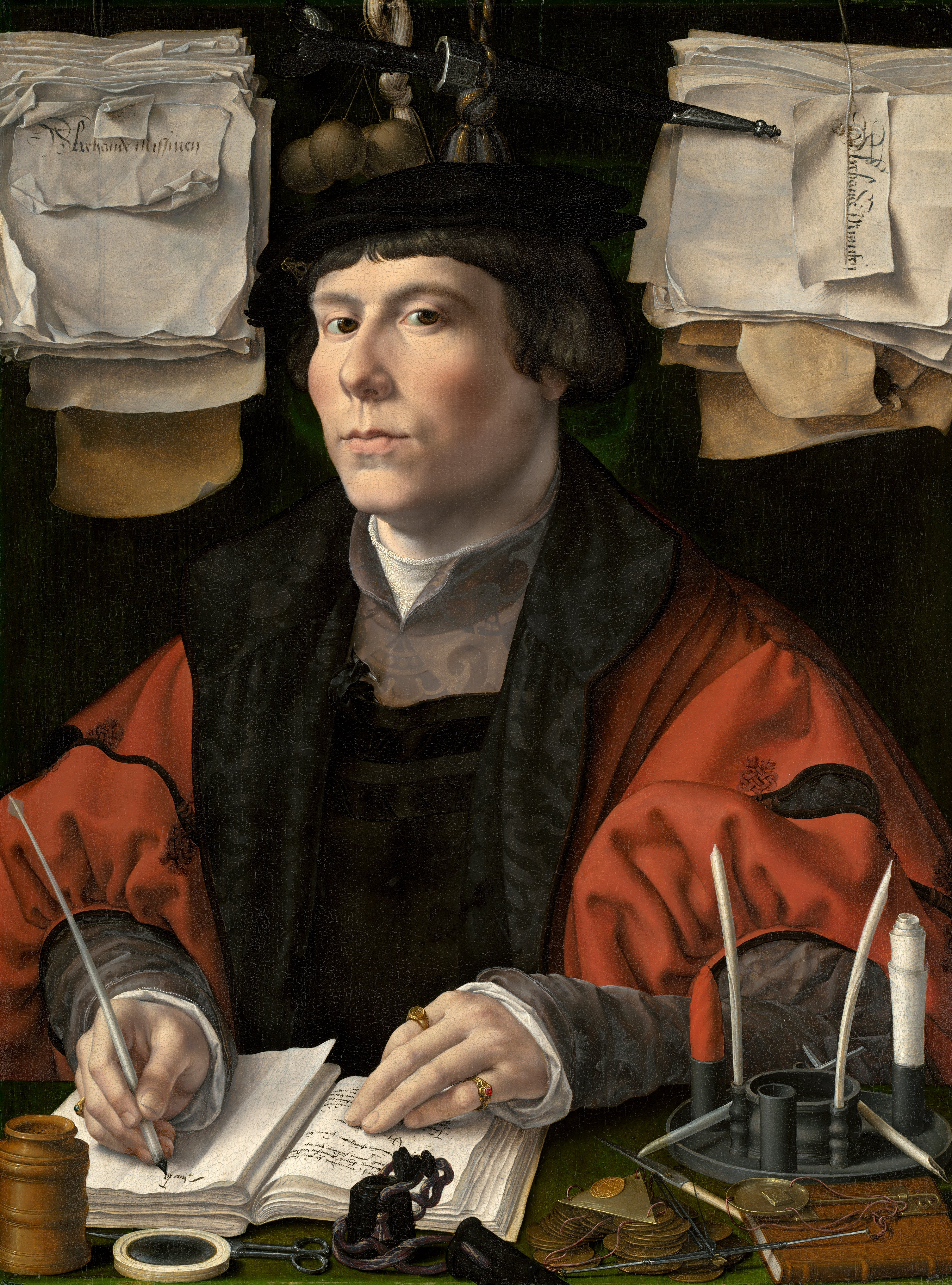
In Autonymus, this reimagined historical dynamic between mediaeval European kingdoms can be seen in the lower half of the Rotafractan Map, depicting an archipelago of trading islands with a climate matching its real-world sources of inspiration. This is why it’s no accident that sheep and agrarian industries feature prominently so early on in the narrative.
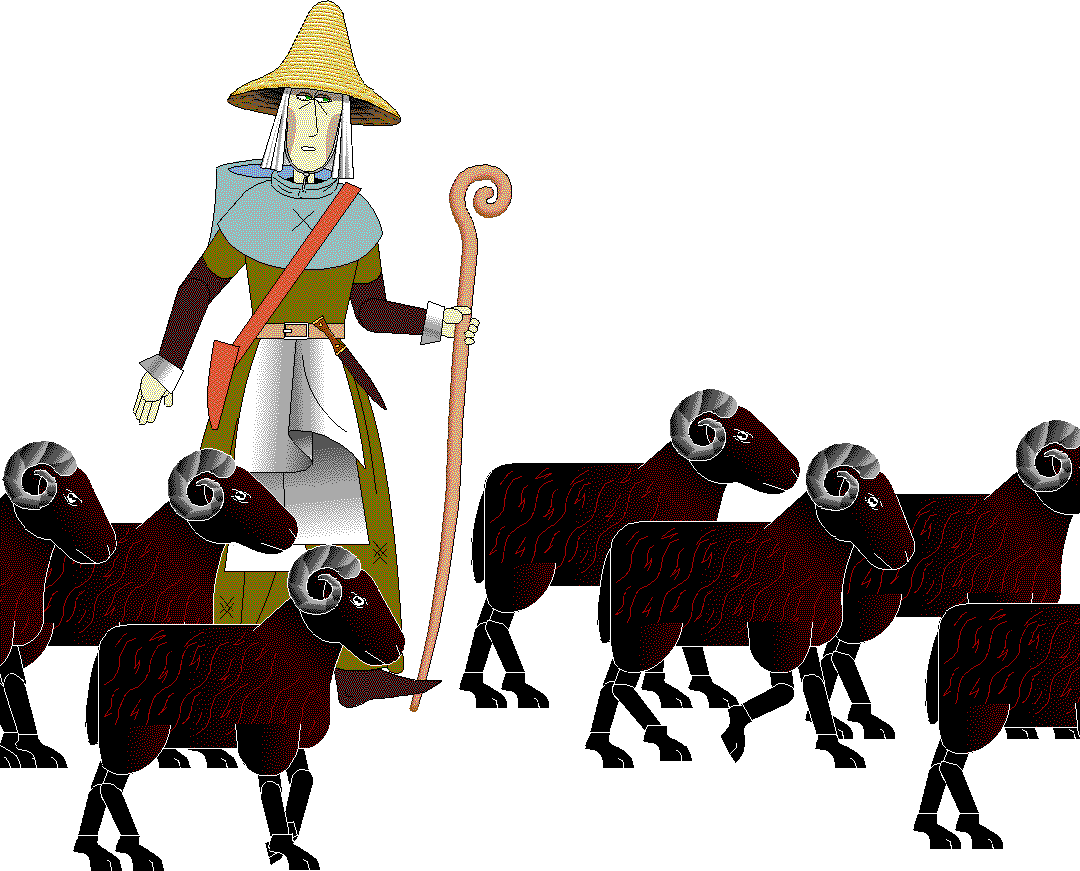
To understand the immediate setting where Autonymus takes place, we first have to examine how society was structured under English feudalism. mediaeval societies were governed by a stratified, bureaucratic system, with power emanating from the top down. Its ideological framework was the Estates of the Realm, which divided society into three social classes: the clergy, the nobility, and the commoners.

Although this tripartite model varied in its application, it reflected the fundamental social divisions of the time. Kings nominally sat at the top of the feudal hierarchy, yet their power often depended on securing the loyalty of influential lords and prelates. In exchange for services to the Crown, such as taxes and the like, a king granted vassals the right to govern estates, otherwise known as fiefs, on his behalf. However, local lords, magnates such as bishops, were effectively free to ruled their fiefdoms with considerable autonomy. Peasants however, were essentially bound in servitude to their lords, to whom they had to render dues in order to work the land.
The first two estates held authority, with the nouveau riche I suppose, emerging through the merchant class in the late medieval period counting as part of the Third Estate. The particulars of governance depended on which estate was in control of a particular region, be it one, the other, or a mix. But regardless of who was in power, it was the labouring peasantry of the Third Estate who remained at the bottom of the hierarchy, effectively forced to prop up the ruling class above them.
Ecclesiastical lordships were part of the First Estate, and one example was the Prince-Bishopric of Durham who operated using palatinate rights as semi-independent enclave.

While an example of a Second Estate authority can be seen with the Duchy of Lancaster, who were a major noble power with close ties to the Crown until it eventually came under direct royal administration, which the Royal Family still holds to this day.
I do not want to give the impression that any example of Third Estate authority represented lower-class autonomous rule, because it absolutely did not. The Third Estate simply encompassed people who were not part of the divinely sanctioned ranks of the first two estates. However, the powerful elites of the Third Estate were the nouveau riche—merchants, lawyers, financiers, and bankers, among others. Their authority was usually established through ties, titles, and connections with the other estates, most often the Second Estate. This dynamic can be seen in major merchant centres like York and London, which were governed by councils of prominent citizens, including guild representatives. However, these councils often maintained close ties to both royal authorities and the nobility. For instance, the City of London had strong connections to the monarchy, and wealthy merchants frequently obtained knighthoods or other honours that aligned them with the aristocracy. Guilds themselves were powerful organisations, setting commercial and artisanal standards, regulating membership, and often restricting competition to protect their members’ interests. These guild leaders were sometimes wealthy enough to merge into the ranks of the higher classes, reinforcing connections between the Third Estate elites and the traditional ruling orders of the First and Second Estates.

Regardless of the style of governance, land ownership was pivotal to feudal authority.
Lorem ipsum dolor sit amet, consectetur adipiscing elit. Curabitur et ligula eu justo vehicula ullamcorper. Nulla facilisi. Morbi tempus, orci vel sollicitudin feugiat, mauris neque convallis purus, eu tincidunt nisl neque in lacus. Praesent tincidunt, eros sed pharetra tempus, dolor sapien tempor est, in convallis turpis mauris vitae ipsum. Integer et libero ligula. Ut convallis feugiat augue, non tincidunt orci tincidunt a. Nulla facilisi.
Donec id sagittis metus. Nullam vel neque urna. Fusce nec urna sit amet eros condimentum vehicula. Vestibulum ante ipsum primis in faucibus orci luctus et ultrices posuere cubilia curae; Aenean eget vestibulum eros. Quisque et sapien ac libero aliquam scelerisque. Aenean vitae sapien erat. Sed pharetra libero in ligula tincidunt, et eleifend orci tempus.
Phasellus lacinia, tortor vitae tincidunt consectetur, magna erat efficitur sem, sit amet fermentum dolor lacus et odio. Curabitur nec libero id ligula consequat pharetra. Integer bibendum purus non ligula mollis, vel fermentum lorem vehicula. Nulla tincidunt efficitur enim a bibendum. Aenean ut ligula sit amet nulla dictum fermentum vel vitae ligula. Etiam id dui lectus. Nam dapibus felis sed dui posuere, et posuere ante feugiat. Cras vestibulum, velit nec iaculis dignissim, ante ipsum ultrices erat, vitae posuere orci justo nec leo.
Ut ac tortor eros. Sed id cursus risus. Etiam laoreet quam et urna vehicula bibendum. Nulla convallis luctus nisi, ut tristique eros consectetur nec. Sed dignissim, nisi sed convallis tincidunt, dolor libero pharetra risus, eget rutrum augue elit nec orci. Donec fermentum magna magna, id ultrices sem consectetur sit amet. Vivamus aliquam risus id tortor varius, non auctor purus venenatis.
Aliquam erat volutpat. Maecenas id consequat velit. Mauris fringilla, eros nec pharetra volutpat, lacus ipsum tincidunt nunc, eget iaculis mauris est sed eros. Etiam vehicula at risus at efficitur. Suspendisse eu fermentum nisi. Vivamus tempor, arcu quis efficitur tempor, velit nunc laoreet arcu, vitae porttitor ex magna sit amet arcu. Nullam et volutpat ligula, id venenatis sem. Praesent gravida, libero ut pharetra venenatis, urna mi convallis ipsum, ut suscipit enim velit vel odio.
Lorem ipsum dolor sit amet, consectetur adipiscing elit. Curabitur et ligula eu justo vehicula ullamcorper. Nulla facilisi. Morbi tempus, orci vel sollicitudin feugiat, mauris neque convallis purus, eu tincidunt nisl neque in lacus. Praesent tincidunt, eros sed pharetra tempus, dolor sapien tempor est, in convallis turpis mauris vitae ipsum. Integer et libero ligula. Ut convallis feugiat augue, non tincidunt orci tincidunt a. Nulla facilisi.
Donec id sagittis metus. Nullam vel neque urna. Fusce nec urna sit amet eros condimentum vehicula. Vestibulum ante ipsum primis in faucibus orci luctus et ultrices posuere cubilia curae; Aenean eget vestibulum eros. Quisque et sapien ac libero aliquam scelerisque. Aenean vitae sapien erat. Sed pharetra libero in ligula tincidunt, et eleifend orci tempus.
Phasellus lacinia, tortor vitae tincidunt consectetur, magna erat efficitur sem, sit amet fermentum dolor lacus et odio. Curabitur nec libero id ligula consequat pharetra. Integer bibendum purus non ligula mollis, vel fermentum lorem vehicula. Nulla tincidunt efficitur enim a bibendum. Aenean ut ligula sit amet nulla dictum fermentum vel vitae ligula. Etiam id dui lectus. Nam dapibus felis sed dui posuere, et posuere ante feugiat. Cras vestibulum, velit nec iaculis dignissim, ante ipsum ultrices erat, vitae posuere orci justo nec leo.
Ut ac tortor eros. Sed id cursus risus. Etiam laoreet quam et urna vehicula bibendum. Nulla convallis luctus nisi, ut tristique eros consectetur nec. Sed dignissim, nisi sed convallis tincidunt, dolor libero pharetra risus, eget rutrum augue elit nec orci. Donec fermentum magna magna, id ultrices sem consectetur sit amet. Vivamus aliquam risus id tortor varius, non auctor purus venenatis.
Aliquam erat volutpat. Maecenas id consequat velit. Mauris fringilla, eros nec pharetra volutpat, lacus ipsum tincidunt nunc, eget iaculis mauris est sed eros. Etiam vehicula at risus at efficitur. Suspendisse eu fermentum nisi. Vivamus tempor, arcu quis efficitur tempor, velit nunc laoreet arcu, vitae porttitor ex magna sit amet arcu. Nullam et volutpat ligula, id venenatis sem. Praesent gravida, libero ut pharetra venenatis, urna mi convallis ipsum, ut suscipit enim velit vel odio.
Lorem ipsum dolor sit amet, consectetur adipiscing elit. Curabitur et ligula eu justo vehicula ullamcorper. Nulla facilisi. Morbi tempus, orci vel sollicitudin feugiat, mauris neque convallis purus, eu tincidunt nisl neque in lacus. Praesent tincidunt, eros sed pharetra tempus, dolor sapien tempor est, in convallis turpis mauris vitae ipsum. Integer et libero ligula. Ut convallis feugiat augue, non tincidunt orci tincidunt a. Nulla facilisi.
Donec id sagittis metus. Nullam vel neque urna. Fusce nec urna sit amet eros condimentum vehicula. Vestibulum ante ipsum primis in faucibus orci luctus et ultrices posuere cubilia curae; Aenean eget vestibulum eros. Quisque et sapien ac libero aliquam scelerisque. Aenean vitae sapien erat. Sed pharetra libero in ligula tincidunt, et eleifend orci tempus.
Phasellus lacinia, tortor vitae tincidunt consectetur, magna erat efficitur sem, sit amet fermentum dolor lacus et odio. Curabitur nec libero id ligula consequat pharetra. Integer bibendum purus non ligula mollis, vel fermentum lorem vehicula. Nulla tincidunt efficitur enim a bibendum. Aenean ut ligula sit amet nulla dictum fermentum vel vitae ligula. Etiam id dui lectus. Nam dapibus felis sed dui posuere, et posuere ante feugiat. Cras vestibulum, velit nec iaculis dignissim, ante ipsum ultrices erat, vitae posuere orci justo nec leo.
Ut ac tortor eros. Sed id cursus risus. Etiam laoreet quam et urna vehicula bibendum. Nulla convallis luctus nisi, ut tristique eros consectetur nec. Sed dignissim, nisi sed convallis tincidunt, dolor libero pharetra risus, eget rutrum augue elit nec orci. Donec fermentum magna magna, id ultrices sem consectetur sit amet. Vivamus aliquam risus id tortor varius, non auctor purus venenatis.
Aliquam erat volutpat. Maecenas id consequat velit. Mauris fringilla, eros nec pharetra volutpat, lacus ipsum tincidunt nunc, eget iaculis mauris est sed eros. Etiam vehicula at risus at efficitur. Suspendisse eu fermentum nisi. Vivamus tempor, arcu quis efficitur tempor, velit nunc laoreet arcu, vitae porttitor ex magna sit amet arcu. Nullam et volutpat ligula, id venenatis sem. Praesent gravida, libero ut pharetra venenatis, urna mi convallis ipsum, ut suscipit enim velit vel odio.
Lorem ipsum dolor sit amet, consectetur adipiscing elit. Curabitur et ligula eu justo vehicula ullamcorper. Nulla facilisi. Morbi tempus, orci vel sollicitudin feugiat, mauris neque convallis purus, eu tincidunt nisl neque in lacus. Praesent tincidunt, eros sed pharetra tempus, dolor sapien tempor est, in convallis turpis mauris vitae ipsum. Integer et libero ligula. Ut convallis feugiat augue, non tincidunt orci tincidunt a. Nulla facilisi.
Donec id sagittis metus. Nullam vel neque urna. Fusce nec urna sit amet eros condimentum vehicula. Vestibulum ante ipsum primis in faucibus orci luctus et ultrices posuere cubilia curae; Aenean eget vestibulum eros. Quisque et sapien ac libero aliquam scelerisque. Aenean vitae sapien erat. Sed pharetra libero in ligula tincidunt, et eleifend orci tempus.
Phasellus lacinia, tortor vitae tincidunt consectetur, magna erat efficitur sem, sit amet fermentum dolor lacus et odio. Curabitur nec libero id ligula consequat pharetra. Integer bibendum purus non ligula mollis, vel fermentum lorem vehicula. Nulla tincidunt efficitur enim a bibendum. Aenean ut ligula sit amet nulla dictum fermentum vel vitae ligula. Etiam id dui lectus. Nam dapibus felis sed dui posuere, et posuere ante feugiat. Cras vestibulum, velit nec iaculis dignissim, ante ipsum ultrices erat, vitae posuere orci justo nec leo.
Ut ac tortor eros. Sed id cursus risus. Etiam laoreet quam et urna vehicula bibendum. Nulla convallis luctus nisi, ut tristique eros consectetur nec. Sed dignissim, nisi sed convallis tincidunt, dolor libero pharetra risus, eget rutrum augue elit nec orci. Donec fermentum magna magna, id ultrices sem consectetur sit amet. Vivamus aliquam risus id tortor varius, non auctor purus venenatis.
Aliquam erat volutpat. Maecenas id consequat velit. Mauris fringilla, eros nec pharetra volutpat, lacus ipsum tincidunt nunc, eget iaculis mauris est sed eros. Etiam vehicula at risus at efficitur. Suspendisse eu fermentum nisi. Vivamus tempor, arcu quis efficitur tempor, velit nunc laoreet arcu, vitae porttitor ex magna sit amet arcu. Nullam et volutpat ligula, id venenatis sem. Praesent gravida, libero ut pharetra venenatis, urna mi convallis ipsum, ut suscipit enim velit vel odio.
Lorem ipsum dolor sit amet, consectetur adipiscing elit. Curabitur et ligula eu justo vehicula ullamcorper. Nulla facilisi. Morbi tempus, orci vel sollicitudin feugiat, mauris neque convallis purus, eu tincidunt nisl neque in lacus. Praesent tincidunt, eros sed pharetra tempus, dolor sapien tempor est, in convallis turpis mauris vitae ipsum. Integer et libero ligula. Ut convallis feugiat augue, non tincidunt orci tincidunt a. Nulla facilisi.
Donec id sagittis metus. Nullam vel neque urna. Fusce nec urna sit amet eros condimentum vehicula. Vestibulum ante ipsum primis in faucibus orci luctus et ultrices posuere cubilia curae; Aenean eget vestibulum eros. Quisque et sapien ac libero aliquam scelerisque. Aenean vitae sapien erat. Sed pharetra libero in ligula tincidunt, et eleifend orci tempus.
Phasellus lacinia, tortor vitae tincidunt consectetur, magna erat efficitur sem, sit amet fermentum dolor lacus et odio. Curabitur nec libero id ligula consequat pharetra. Integer bibendum purus non ligula mollis, vel fermentum lorem vehicula. Nulla tincidunt efficitur enim a bibendum. Aenean ut ligula sit amet nulla dictum fermentum vel vitae ligula. Etiam id dui lectus. Nam dapibus felis sed dui posuere, et posuere ante feugiat. Cras vestibulum, velit nec iaculis dignissim, ante ipsum ultrices erat, vitae posuere orci justo nec leo.
Ut ac tortor eros. Sed id cursus risus. Etiam laoreet quam et urna vehicula bibendum. Nulla convallis luctus nisi, ut tristique eros consectetur nec. Sed dignissim, nisi sed convallis tincidunt, dolor libero pharetra risus, eget rutrum augue elit nec orci. Donec fermentum magna magna, id ultrices sem consectetur sit amet. Vivamus aliquam risus id tortor varius, non auctor purus venenatis.
Aliquam erat volutpat. Maecenas id consequat velit. Mauris fringilla, eros nec pharetra volutpat, lacus ipsum tincidunt nunc, eget iaculis mauris est sed eros. Etiam vehicula at risus at efficitur. Suspendisse eu fermentum nisi. Vivamus tempor, arcu quis efficitur tempor, velit nunc laoreet arcu, vitae porttitor ex magna sit amet arcu. Nullam et volutpat ligula, id venenatis sem. Praesent gravida, libero ut pharetra venenatis, urna mi convallis ipsum, ut suscipit enim velit vel odio.